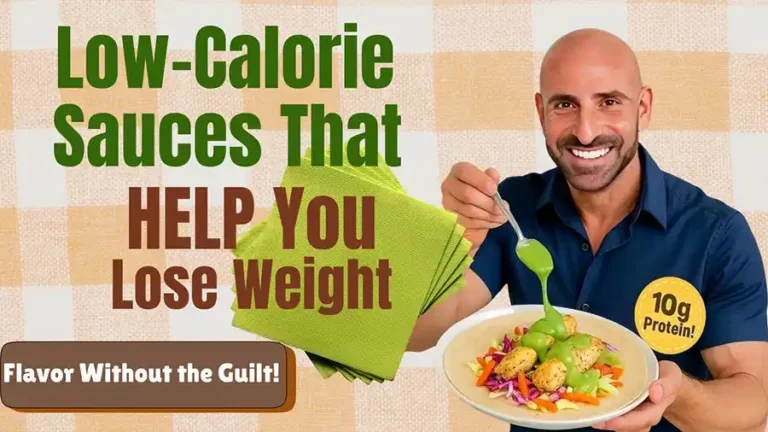When losing weight, it is important to consider the types of body fat that we have. Not all body fat is created equal. There are 2 main types of fat in our bodies – subcutaneous fat and visceral fat.
Some of these fats can be harmful to health in excess and others can actually be beneficial. It is important to know that where this fat is located in your body can also have an impact on your health.
Different Types of Body Fat
There are two main types of body fat, subcutaneous fat and visceral fat. Both of these types can appear as one of three colors – white, brown, and beige. White fat is the predominant fat cell found in adults. Both subcutaneous and visceral fat cells have an impact on our overall health, but they appear in different areas of our bodies. Let’s take a closer look at each one.
What is Subcutaneous Fat?
This is the type of fat found directly under the skin, specifically between the skin in the muscle and is found throughout the entire body. This type of fat cell, when weight is gained, increases in number, not in size. However, not all of this fat is bad, depending on the location. Subcutaneous fat is a combination of white, brown, and beige fat cells.
Subcutaneous Fat Distribution and Health
Many studies have shown that those with a higher distribution of fat around the thighs and buttocks could be at a lower risk of heart disease. Studies also suggest that the fats in these areas get encapsulated, so that fats do not harm the other organs. For many people, having excess subcutaneous fat is a concern for appearance reasons.
What is Visceral Fat?
The worst fat that a person can have is visceral fat. Visceral fat is inflammatory and surrounds your organs. This is also called “deep fat” or “abdominal fat”and is in an area that lies out of reach, so it cannot be easily pinched or felt like subcutaneous fat. It is only comprised of white fat cells.
Visceral Fat Distribution and Health
Visceral fat is the culprit of many chronic diseases such as hypertension, metabolic syndrome, diabetes, cardiovascular disease, and even certain cancers. When someone gains weight, visceral fat cells grow in size, not in number. When they get to be too large, they become toxic and begin to constantly produce inflammatory chemicals called cytokines, which lead to inflammation. At the same time, these cytokines interfere with hormones that regulate appetite, mood, and brain function.
Types of Fat in Your Belly Fat
Your belly fat is composed of both subcutaneous fat and visceral fat. We all are supposed to have these types of fats in our belly for protection of the internal organs. However, when in excess it is detrimental to your health. If a man’s waistline is bigger than 40 inches and a woman’s is greater than 35 inches, they are at risk of chronic inflammation from excess visceral fat.
Chronic inflammation is when your immune response is turned on, but it doesn’t shut off. Your body is constantly releasing cytokines which negatively affects your entire body, which leads to other chronic diseases.
How to Decrease Visceral Fat
The good news is that you can get rid of and prevent excess gain of visceral fat and reduce your risk of chronic inflammation through lifestyle changes– especially your diet. Eating anti-inflammatory superfoods such as blueberries, broccoli, chia seeds, salmon, and avocados, among others are helpful.
You should also know that your body reacts differently depending on the kind of fat you eat. Monounsaturated fats are good anti-inflammatory fat that have been shown to help reduce visceral fat. Monounsaturated fats can be found in canola and olive oil, avocados, almonds, walnuts, seeds, among other foods.
Weight Loss Tools and Guidance
If you’re looking for the perfect weapon to fight belly fat and beat chronic inflammation, I can help you!
- Schedule a 20 minute discovery call with me to discuss how I can help you with a customized/individualized eating plan to lose visceral fat.
- My book Flat Belly 365 not only gives you meal plans and shopping lists to help you lose your belly, but also provides you with recipes that include anti-inflammatory superfoods and fat burning good fats.





